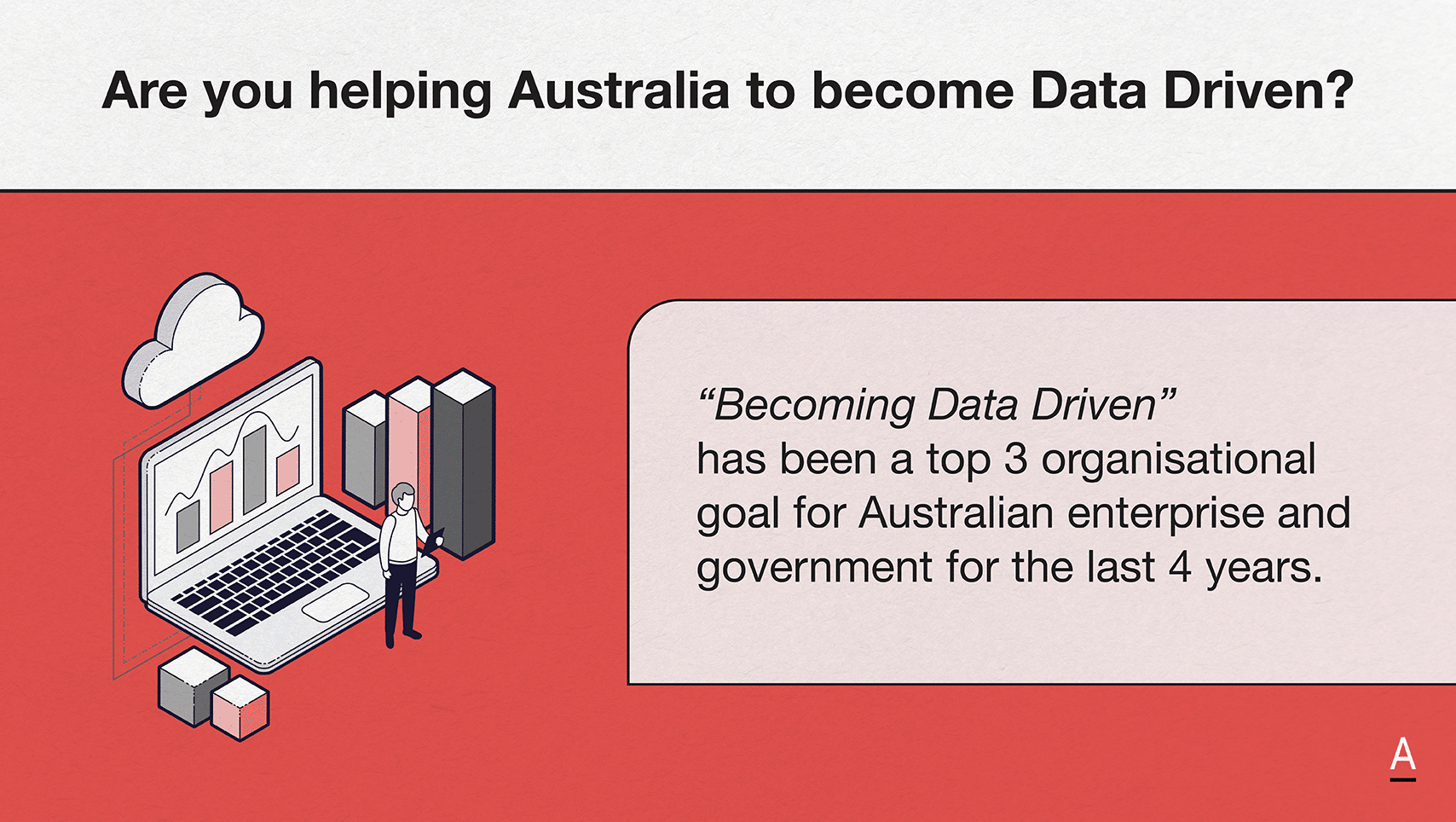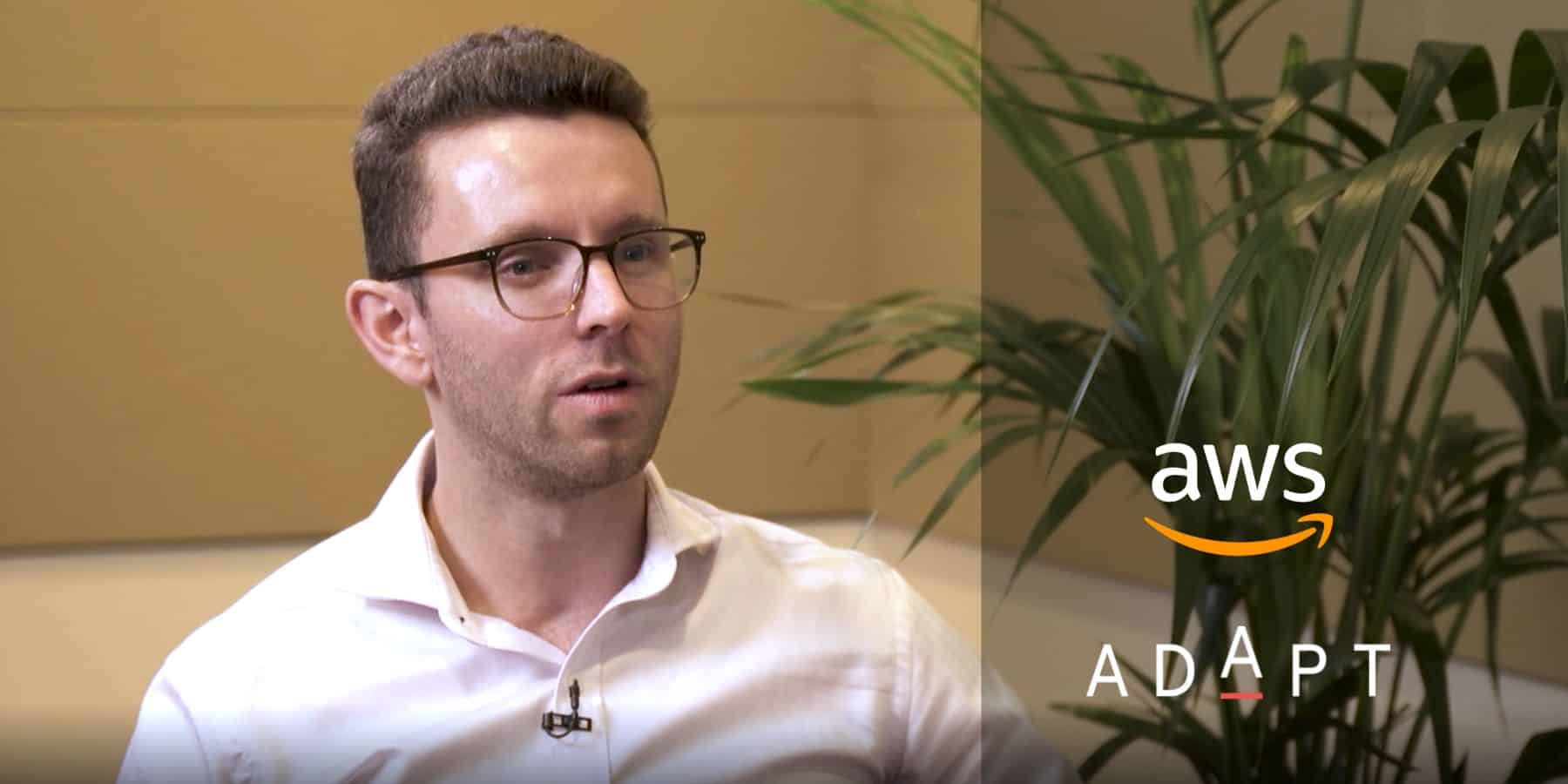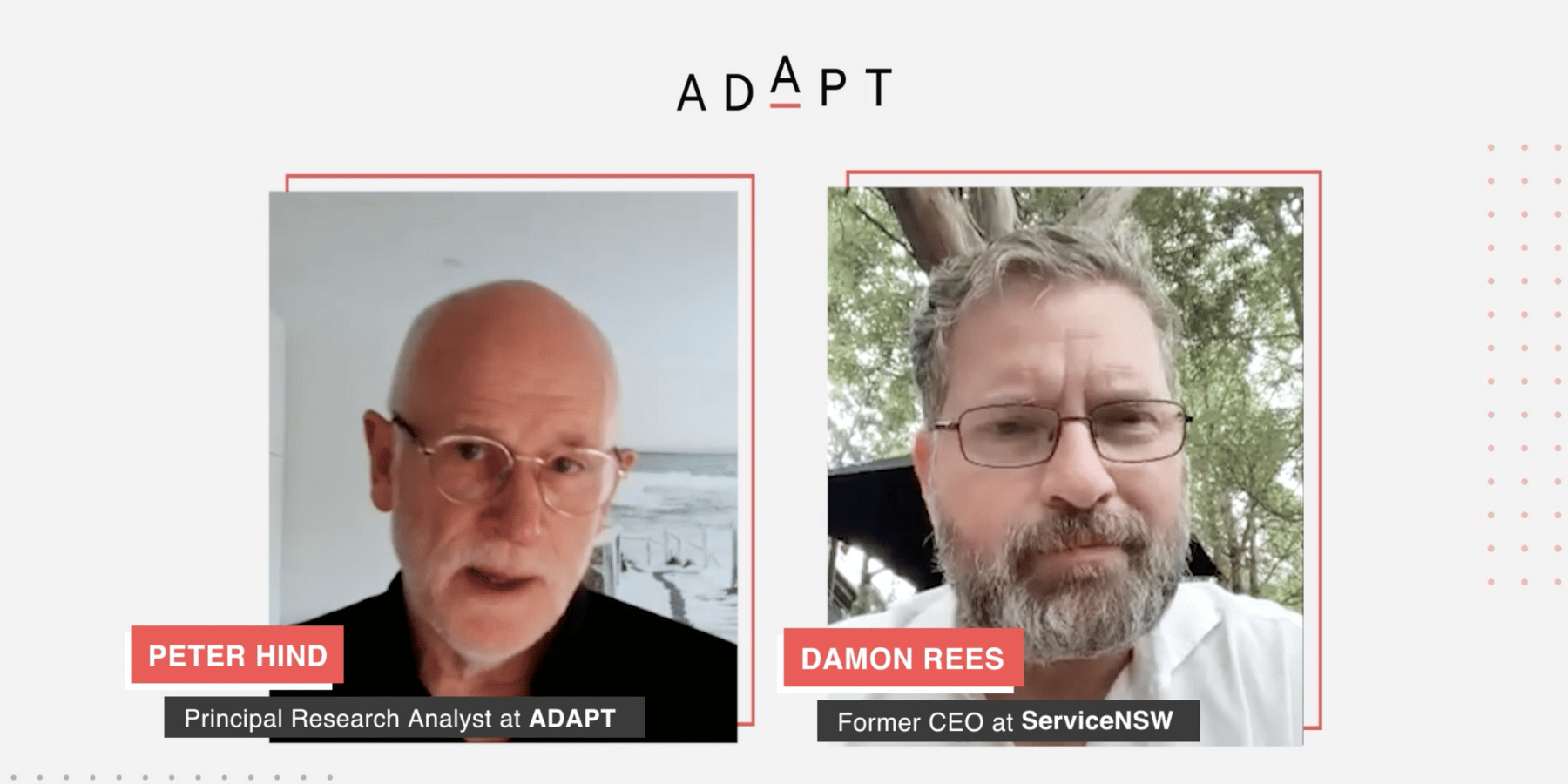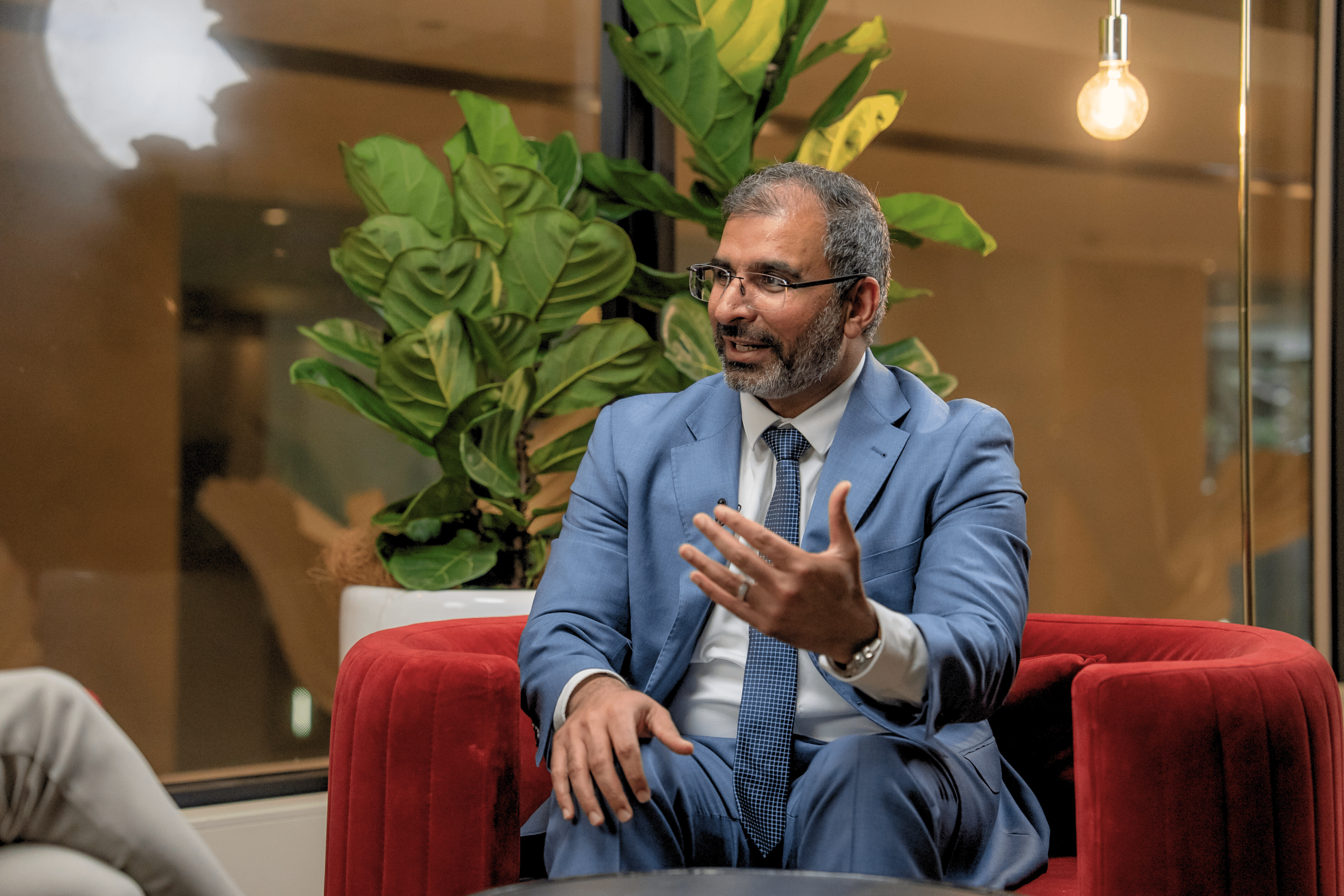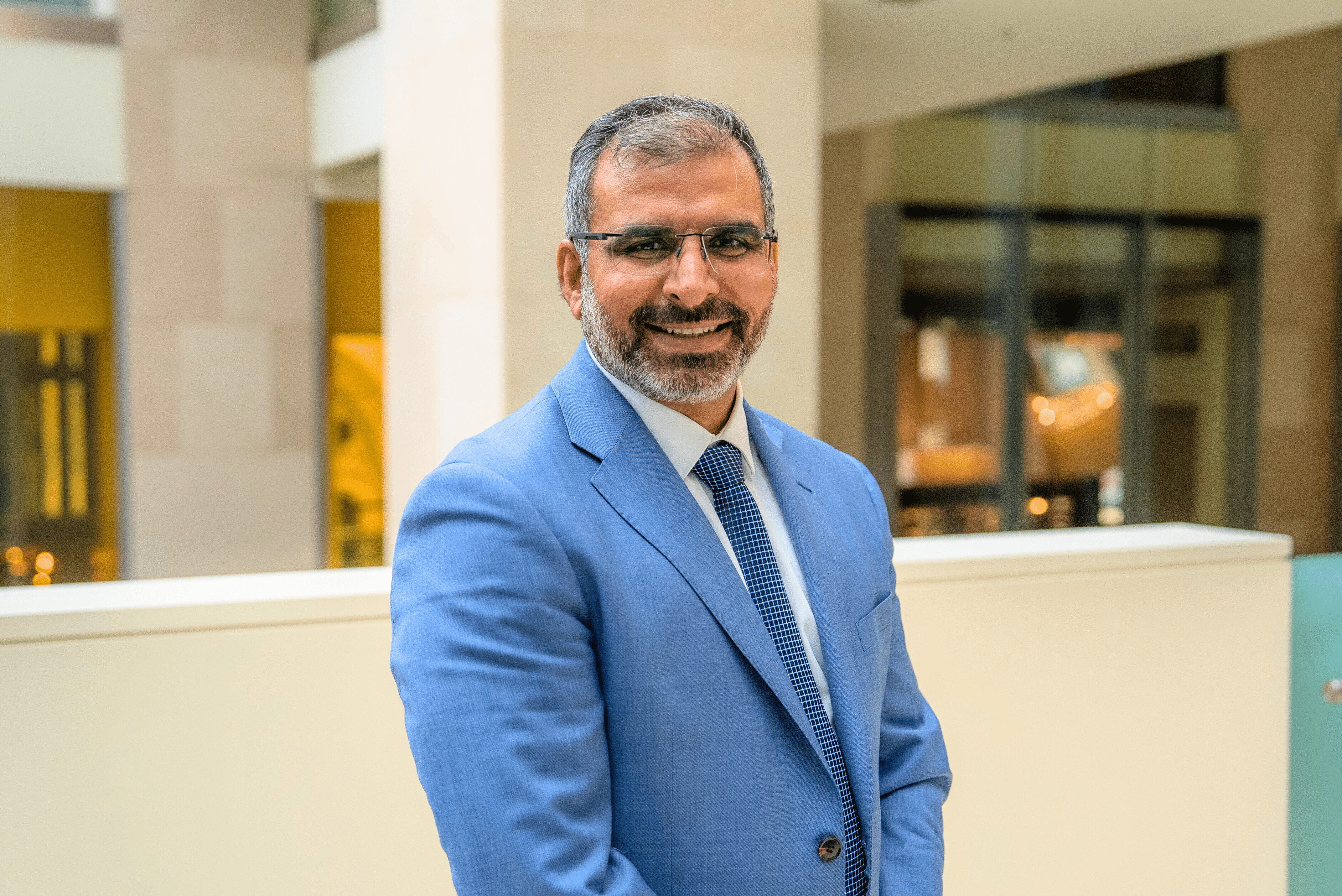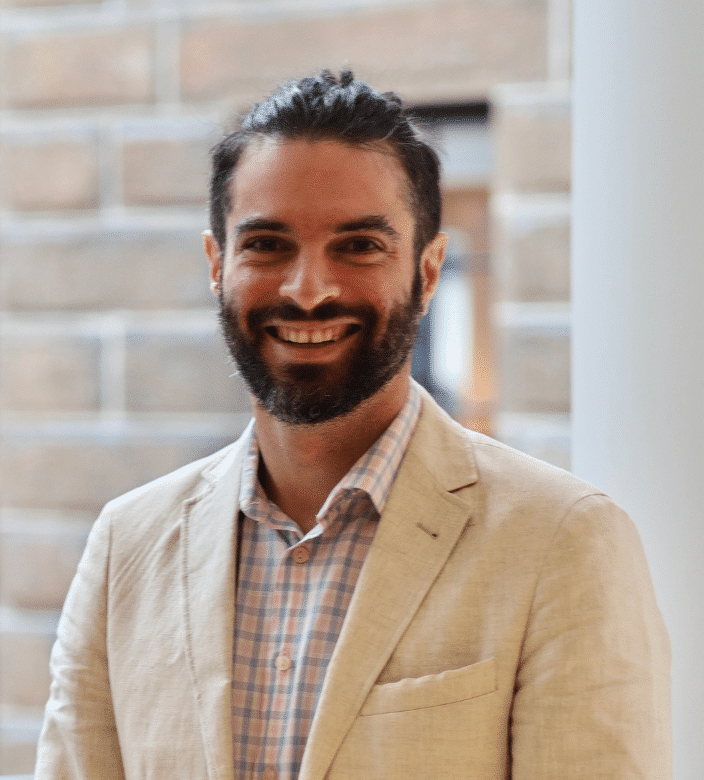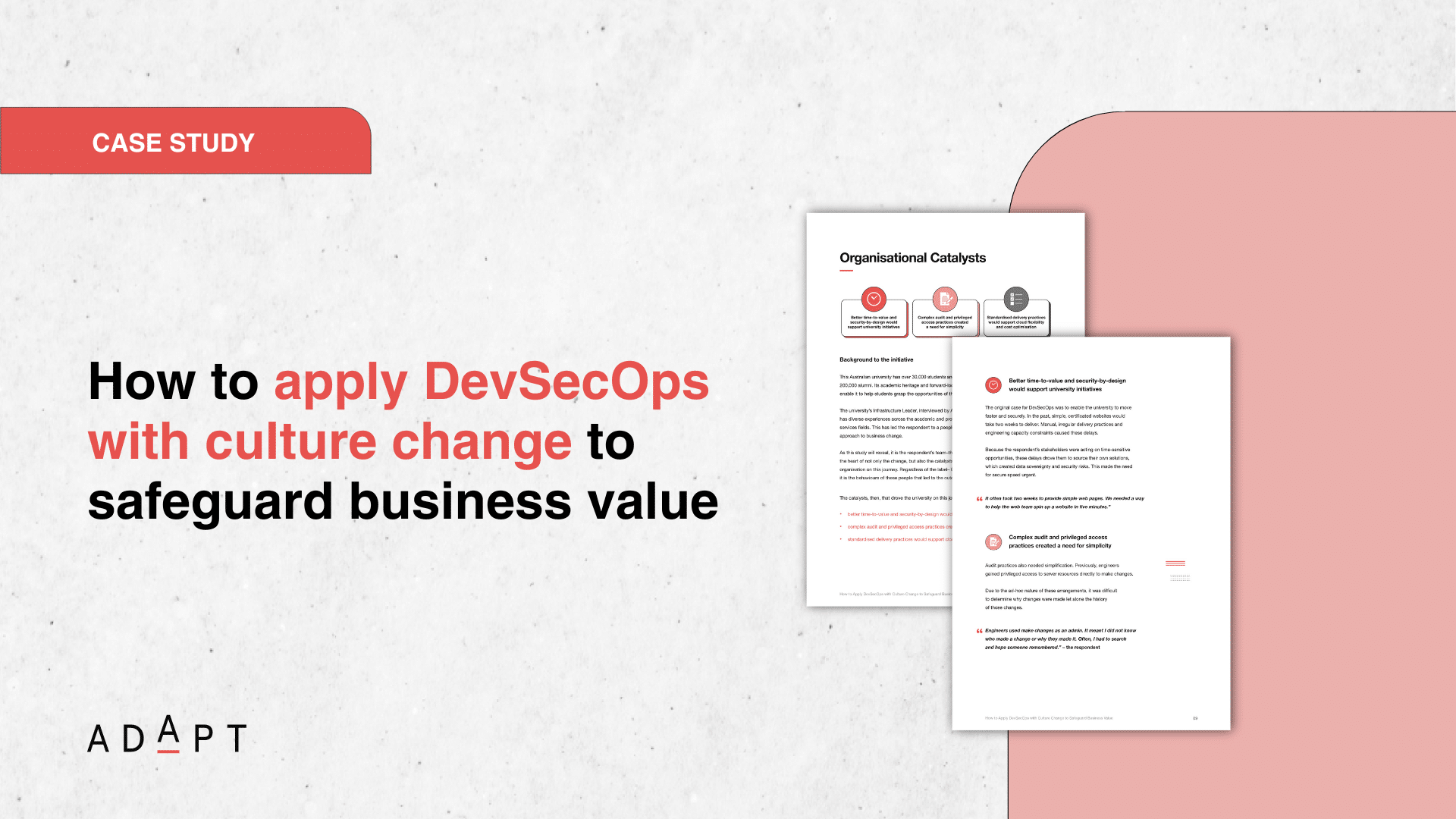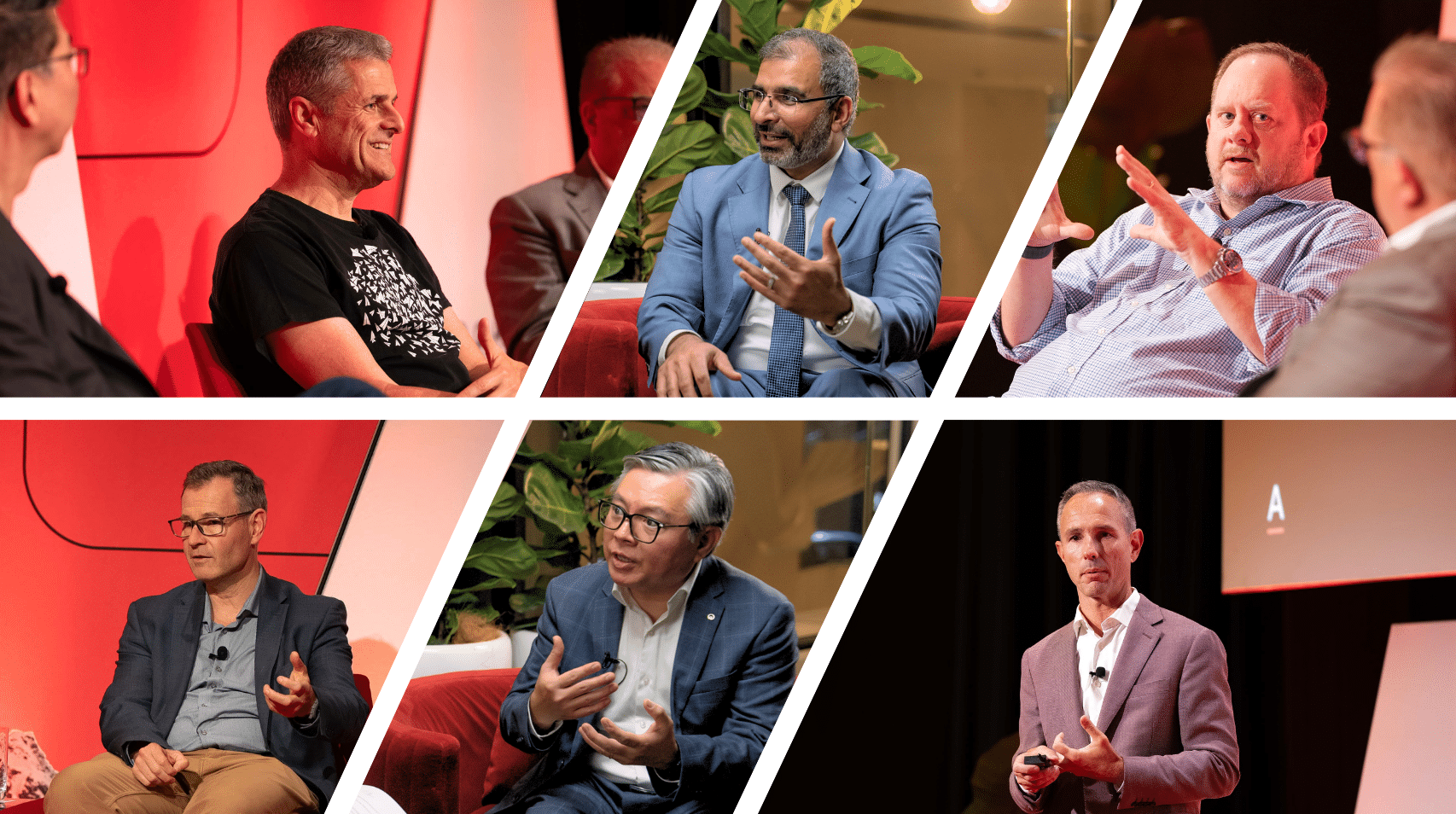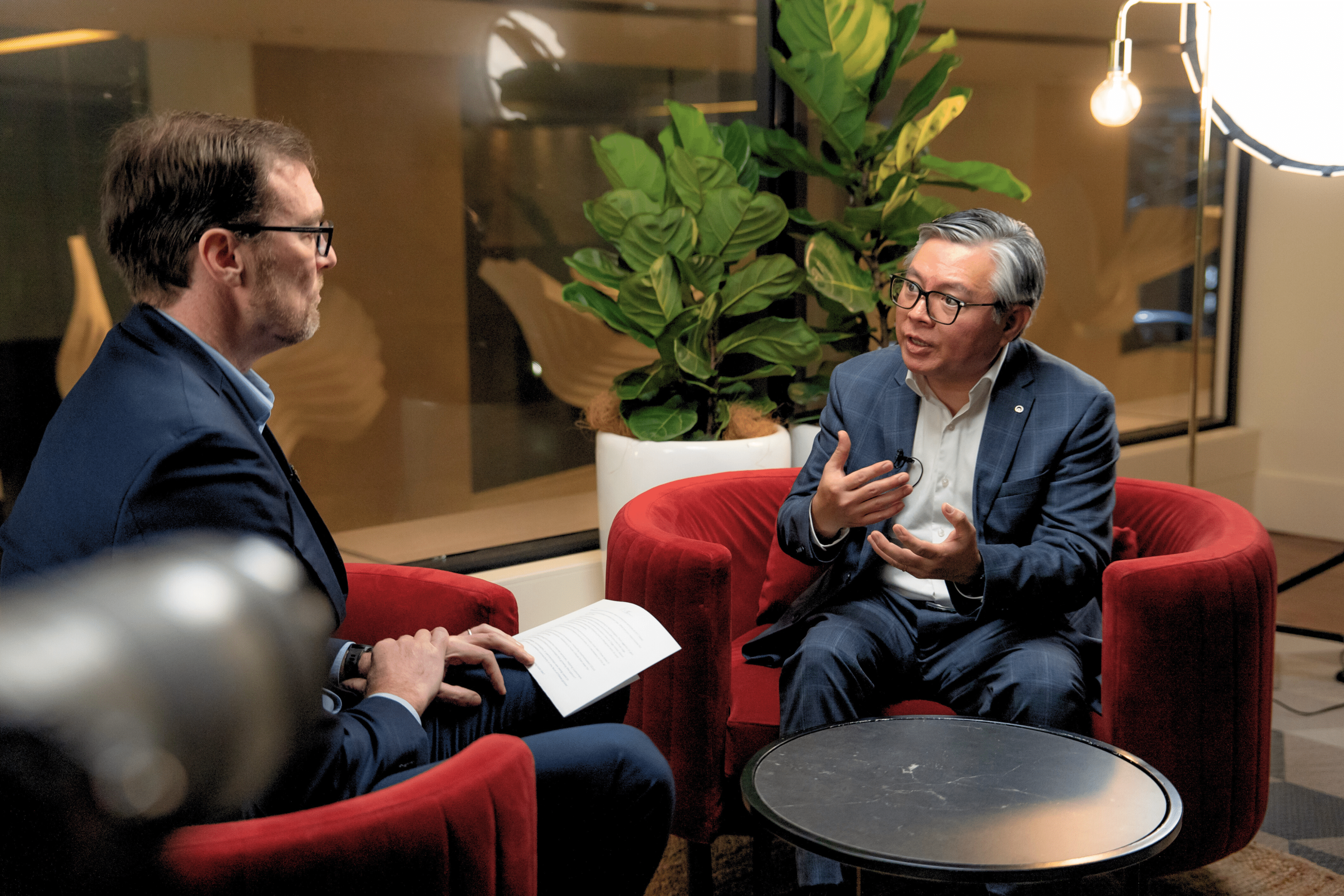In this Cloud and Infrastructure Edge interview, Head of Discipline Software Engineering at UTS Asif Gill explores digital twins, AI design and smarter architectures.
The evolving role of software engineering in a world dominated by AI and cloud-native technologies is pushing both education and enterprise architecture into new territory according to Asif.
UTS focuses on applied innovation, preparing students and professionals for an AI-augmented future through modernised curricula and real-world research.
Human-machine collaboration is at the heart of this evolution, with a strong emphasis on maintaining human reasoning in the loop.
While generative AI can boost productivity, it cannot yet replace the human capacity for decision-making in unfamiliar contexts.
The goal is to integrate AI agents thoughtfully into workflows, ensuring accountability and traceability across the development lifecycle.
As enterprise IT becomes more decentralised, hybrid and federated architectures are increasingly necessary.
With 25% of organisations repatriating workloads due to concerns around cost and control, there is a growing demand for strategic workload placement and architecture designed for change.
Cloud is no longer a novelty but part of the daily operating environment.
Future-ready organisations must adopt an intentional, design-led approach to managing multi-cloud complexity.
Observability, interoperability, and infrastructure monitoring are key, particularly as compute demands rise and resources like GPUs become scarce.
In sectors like higher education, this may drive shared, AI-specific cloud investments to support economies of scale.
Digital twins are emerging as the next major innovation in enterprise architecture.
Rather than simply replicating infrastructure or code, they offer a federated, semantic layer that connects data from multiple sources, enabling a satellite-like view of an organisation’s assets.
This visibility will support better planning, workload management, and ultimately, stronger value alignment.
With only 36% of leaders currently linking cloud spend to business outcomes, tools like digital twins will be critical to maturing FinOps practices and improving stakeholder understanding.
As skills gaps grow in DevOps, AI operations, and security, organisations must invest in both internal upskilling and strategic partnerships to build the agile, AI-ready teams needed for what lies ahead.
Key takeaways:
- Human-AI collaboration is essential: While AI boosts productivity, human reasoning remains critical for accountability, ethical decision-making, and navigating unfamiliar problems.
- Architectures must adapt to complexity: With 25% of organisations repatriating workloads, there’s a pressing need for federated, hybrid cloud architectures that are designed for change, resilience, and observability.
- Digital twins drive smarter decisions: Emerging as a powerful tool for aligning cloud investment with business value, digital twins offer a unified view of data and infrastructure to support better planning and FinOps maturity.




